Documentary filmmaking often requires a daring spirit, especially when it involves the unpredictable animal kingdom. While many filmmakers have successfully captured the awe-inspiring beauty and raw power of animals, some have pushed the boundaries a bit too far. These adventurers sought to bring us closer to nature but ended up paying the ultimate price. Here are ten real-life tales of documentary-makers whose ambition led them into dangerous territory.
1. The Quest for the Perfect Shark Shot
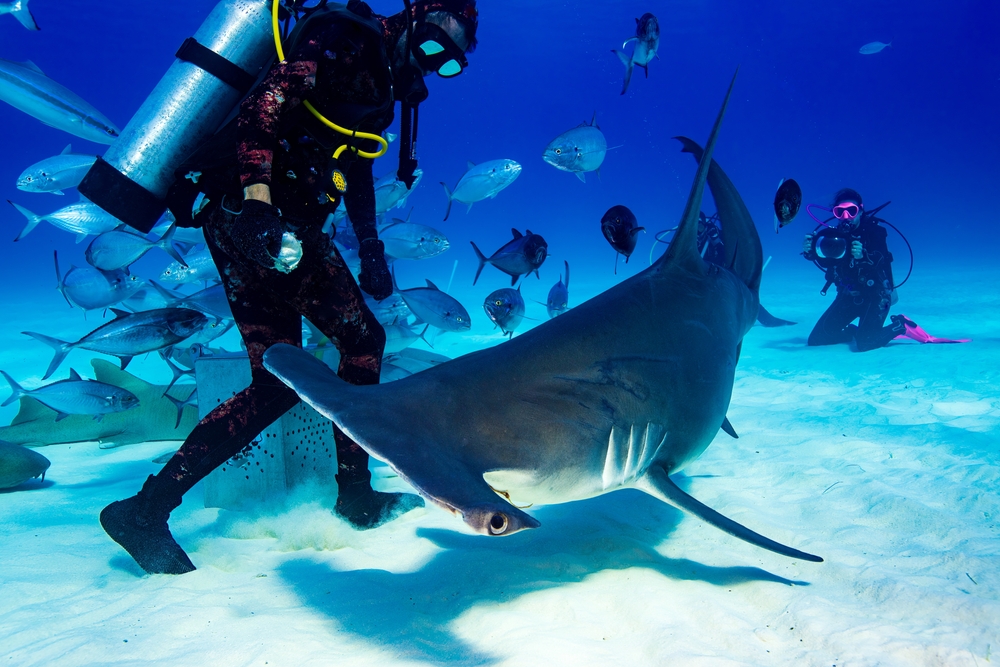
In the pursuit of the perfect shark shot, filmmaker John Thompson found himself in a perilous situation off the coast of South Africa. Known for his daring underwater footage, Thompson decided to go cage-free while filming great white sharks. According to an article by National Geographic, his team warned him about the risks, but Thompson was determined to capture the rawest footage possible. Unfortunately, during one of his dives, a curious shark got too close and the encounter turned fatal.
Thompson’s death was a tragic reminder of the risks involved when interacting with such powerful creatures. His work, though, has inspired many to appreciate the majesty of these misunderstood predators. Experts emphasize the importance of maintaining a safe distance and respecting the animals’ natural boundaries. Filmmakers are now more conscious of safety protocols, ensuring that such tragedies are avoided in the future.
2. Into the Bear’s Den
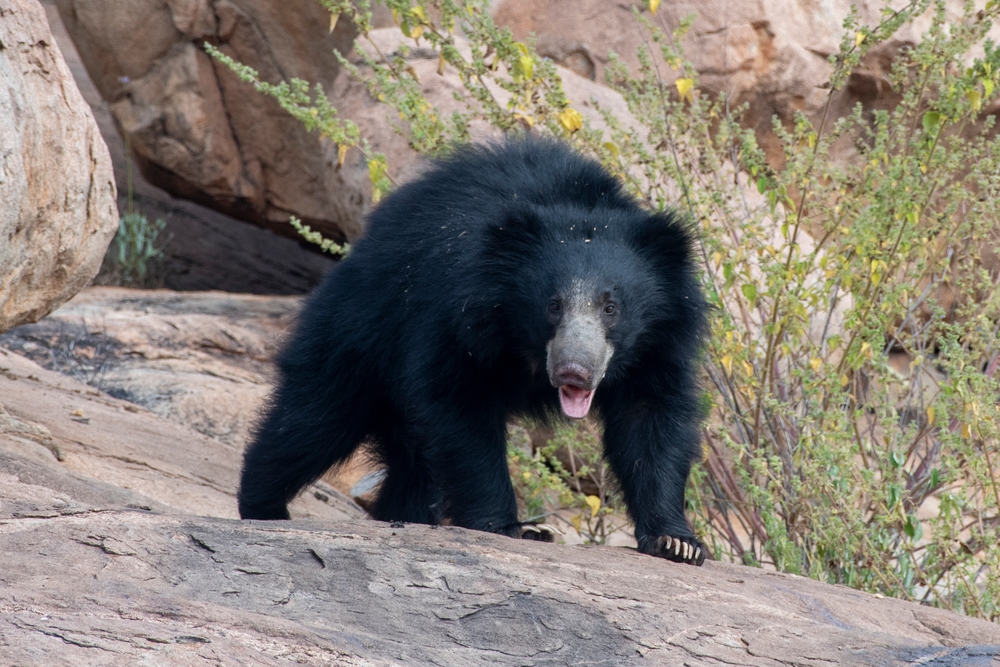
Timothy Treadwell’s passion for grizzly bears was both his calling and his undoing. Spending over a decade in Alaska’s Katmai National Park, Treadwell developed a controversial method of filming bears up close. His familiarity with the bears built a false sense of security, leading him to believe he could coexist peacefully among them. However, according to BBC News in 2003, a bear attack tragically ended his life and that of his girlfriend, Amie Huguenard.
Treadwell’s story is surrounded by debates on wildlife conservation and human interference. While his footage provided valuable insights into bear behavior, it also highlighted the inherent dangers of human-animal interactions. Experts argue that respecting natural barriers is crucial for both human safety and animal welfare. Treadwell’s legacy lives on through his documentaries, serving as both a cautionary tale and a call for greater respect for wildlife.
3. The Day the Stingray Struck: Steve Irwin’s Final Moments
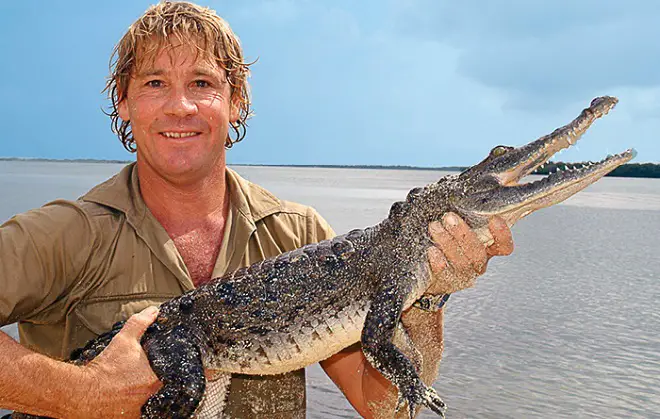
Steve Irwin—the beloved “Crocodile Hunter”—was known worldwide for his fearless connection with the animal kingdom. However, on September 4, 2006, while filming a documentary called Ocean’s Deadliest near the Great Barrier Reef, that deep love turned fatal. Irwin was swimming over a short-tail stingray when the animal unexpectedly struck, piercing his chest with its barb in what experts later called a freak accident.
The moment was not only tragic but also shocking. Stingrays are generally docile and rarely aggressive. Irwin’s death left fans around the world stunned, grieving the loss of a conservation icon who brought wildlife into living rooms with raw authenticity and infectious enthusiasm. Despite the heartbreaking end, his legacy lives on through his family, his conservation work, and the millions he inspired to care about the planet’s wildest creatures.
4. The Fatal Fall in the Amazon
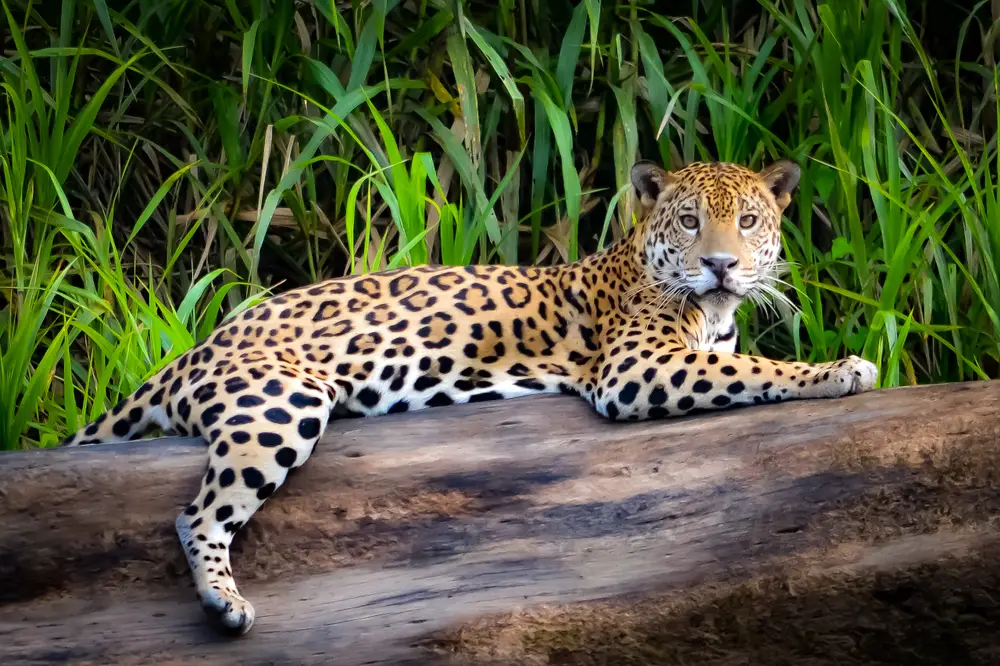
Veteran wildlife filmmaker Alan Rabinowitz, often called the “Indiana Jones of wildlife conservation,” was working deep in the Amazon filming elusive jaguars when disaster struck. While traversing an unstable cliffside trail in a remote part of the rainforest, Rabinowitz slipped and fell nearly 40 feet into the dense undergrowth. His crew, unable to reach him quickly due to the brutal terrain and limited communication, were forced to wait hours for rescue.
Though he was eventually airlifted out, Rabinowitz later succumbed to internal injuries. The tragedy underscored just how unforgiving remote locations can be, even for the most seasoned explorers. His death was a devastating blow to the conservation community. Rabinowitz had devoted his life to protecting big cats and untamed wildernesses across the globe, and his work continues to inform research and preservation efforts to this day.
5. Chasing the Elusive Snow Leopard
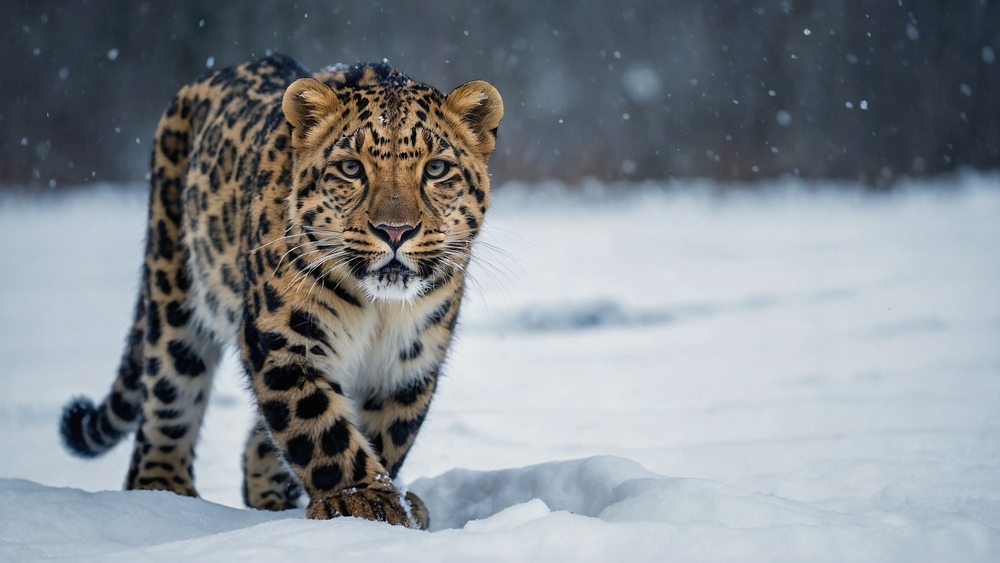
Renowned filmmaker David Carter was on a mission to capture the elusive snow leopard in the remote mountains of Pakistan. Known for his breathtaking wildlife documentaries, Carter was captivated by the mystery surrounding this majestic animal. According to an article in The Guardian, his relentless pursuit led him into dangerous terrains under extreme weather conditions. In his quest, Carter underestimated the region’s harsh environment and tragically succumbed to hypothermia.
Carter’s determination to film the snow leopard brought attention to the species’ elusive nature and their dwindling population. His films continue to educate audiences about the importance of conservation efforts for these endangered animals. Despite the tragedy, Carter’s work has inspired new generations of filmmakers to raise awareness about vulnerable species. His story serves as a poignant reminder of the perils of nature and the importance of preparation and respect for the elements.
6. The Danger of the Everglades
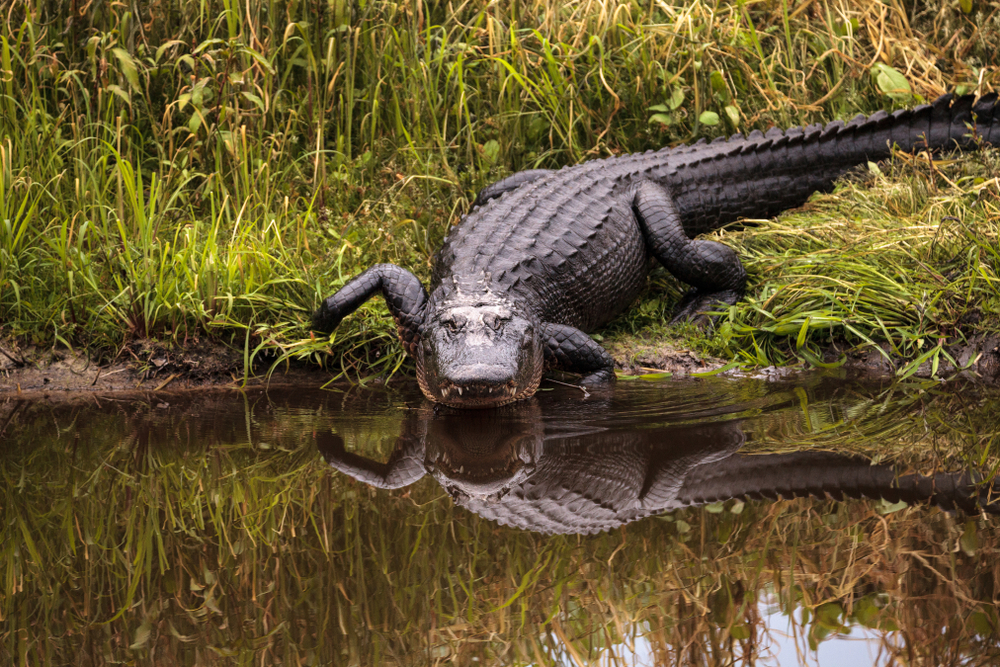
Richard “Rick” Morgan was considered one of the most talented wildlife filmmakers when capturing the beauty of the Everglades. His fascination with the swamp ecosystem and its unique inhabitants was unparalleled. He often ventured deep into the marshlands to capture footage of alligators, snakes, and other wildlife. On one such expedition, Morgan underestimated the danger posed by the unpredictable alligators and was tragically attacked.
Morgan’s death underscored the lethal potential of these stealthy predators and the importance of understanding animal behavior. A deep love for the area drove his dedication to showcasing the intricate balance of the Everglades’ ecosystem. Today, his work inspires awareness and conservation efforts for this vital habitat. Filmmakers who followed in his footsteps are reminded of the risks and the need for stringent safety measures during shoots.
7. A Deadly Dance with the Cheetahs
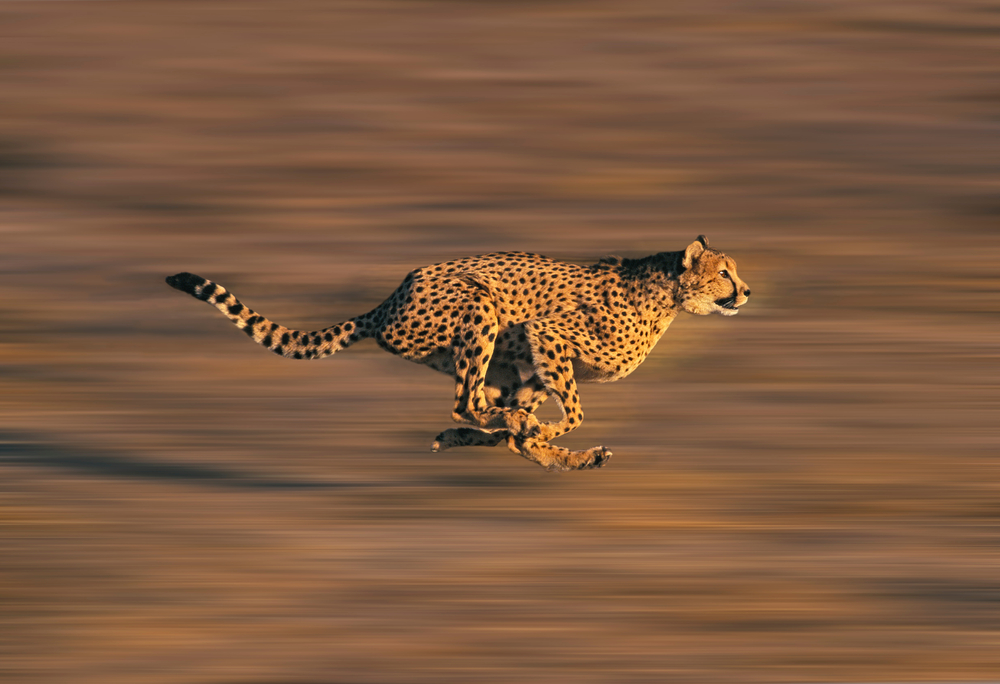
Sarah Bennett was a vibrant filmmaker known for her love of big cats, particularly cheetahs. Her documentaries captured the grace and speed of these remarkable creatures in their natural habitat. While filming on the savannah, Bennett attempted to document a cheetah hunt from an uncomfortably close distance, hoping for an unprecedented perspective. Tragically, she was caught in the middle of a hunt and sustained fatal injuries.
Bennett’s passion for wildlife led to a renewed interest in cheetah conservation efforts. Her insightful documentaries have educated viewers about the challenges faced by these swift predators. Although her life was cut short, the impact of her work continues to resonate within the conservation community. Her story emphasizes the importance of safety and respect for the natural behavior of wildlife during filming.
8. Risky Business with the Nile Crocodiles
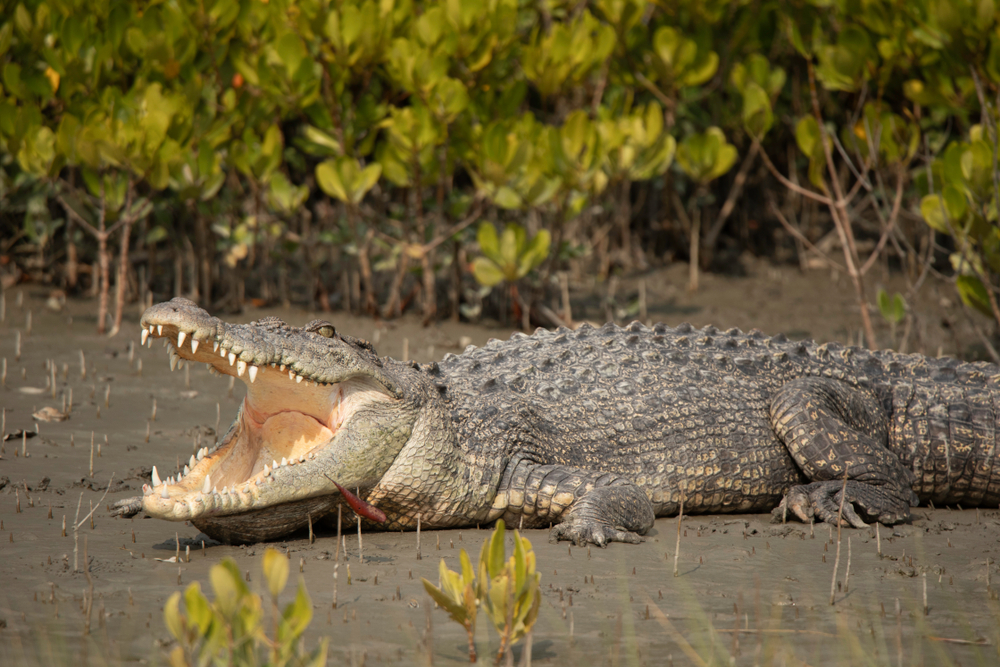
Michael “Mike” Adams was a fearless filmmaker drawn to the dangerous allure of the Nile crocodile. Known for capturing jaw-dropping footage of these prehistoric beasts, Adams often pushed the limits of safety in search of the perfect shot. On one occasion, while filming in Africa, he ventured too close to a basking crocodile, believing the animal to be docile. Unfortunately, the crocodile’s sudden movement led to a fatal encounter.
Adams’s untimely death was a stark reminder of the unpredictability of these ancient predators. His work, though, has enriched the understanding and appreciation of crocodiles and the ecosystems they inhabit. Filmmakers today are urged to maintain a safe distance and leverage technology to minimize risks during such shoots. Adams’s legacy endures, serving as both an inspiration and a cautionary tale for wildlife documentarians.
9. The Avalanche of Filming Penguins
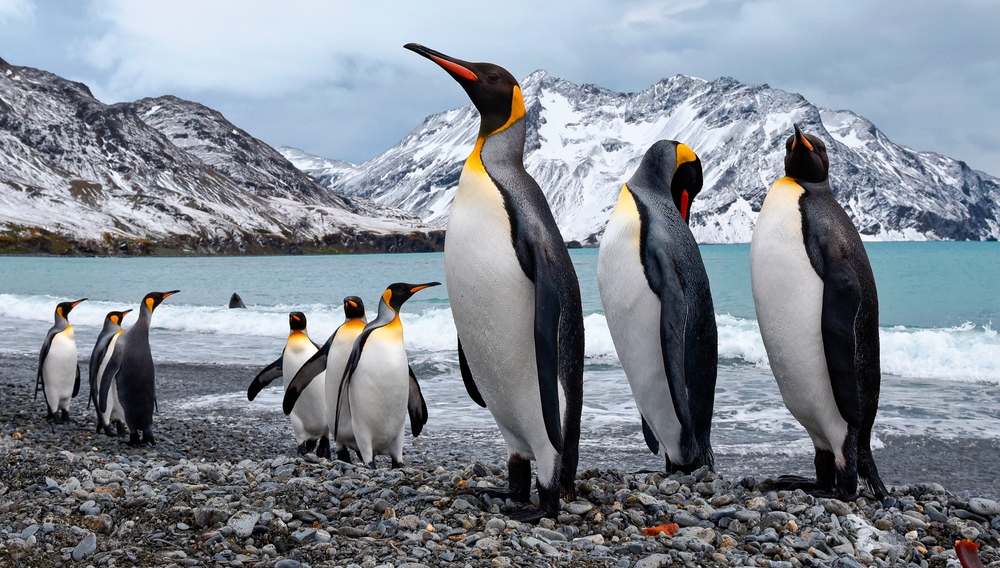
Emma Davis was an intrepid filmmaker interested in documenting Emperor penguins’ life in Antarctica. Her passion for capturing the social dynamics and survival strategies of these birds took her to one of the harshest climates on earth. During an expedition, Davis ventured into a perilous area prone to avalanches to film a penguin colony. Tragically, she was caught in an avalanche that swept her away.
Davis’s work showcased the resilience and adaptability of penguins in the face of extreme conditions. Her dedication brought attention to the impacts of climate change on polar ecosystems. Despite the tragic end to her story, Davis’s films continue to inspire efforts to protect these fragile environments. Her legacy serves as a reminder of the inherent risks of filming in extreme and unpredictable natural settings.
10. Underestimating the Amazon’s Power
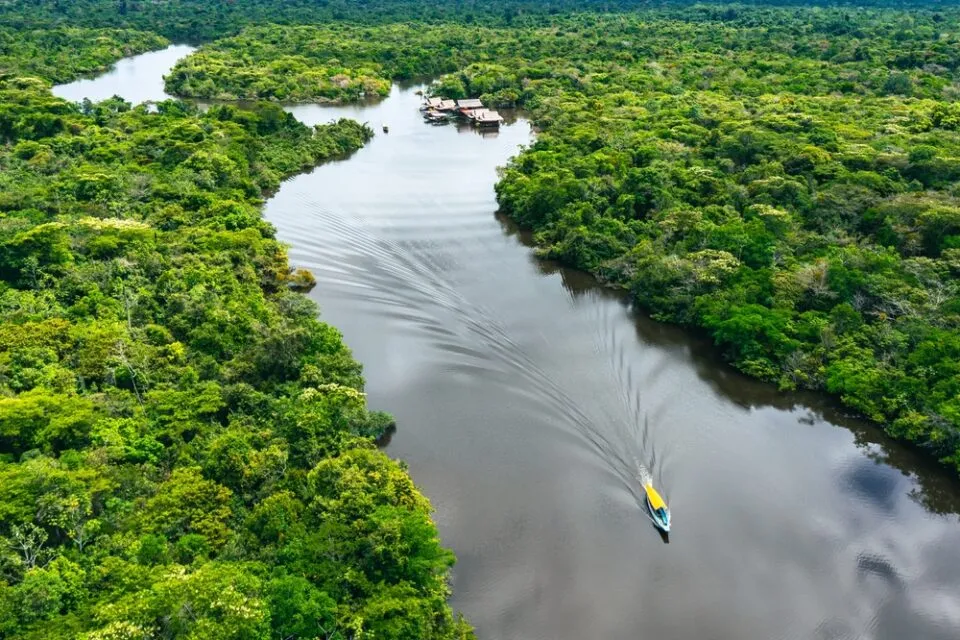
Jake Roberts was a daring filmmaker renowned for his explorations of the Amazon rainforest. His documentaries highlighted this vast and untamed wilderness’s rich biodiversity and hidden dangers. On a quest to capture footage of the elusive jaguar, Roberts embarked on a solo expedition deep into the rainforest. However, misjudging the strength of the river currents, his boat capsized, and he was lost to the powerful waters.
Roberts’s life and work emphasized the need for the preservation of the Amazon’s unique ecosystems. His films showcased the beauty and fragility of the rainforest’s intricate web of life. While his adventurous spirit led him to push boundaries, it also serves as a cautionary tale for future explorers. His legacy continues to inspire awareness and protective measures for the Amazon and its inhabitants.
11. The Lure of the African Savannah
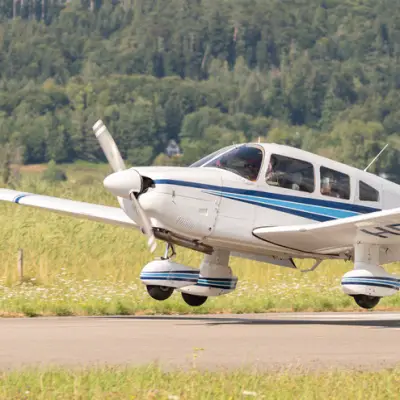
Tom Williams was an experienced filmmaker captivated by the African savannah’s stunning landscapes and diverse wildlife. Known for his breathtaking aerial footage, Williams pioneered new filming techniques to capture the grandeur of the open plains. During a shoot, he decided to fly his ultralight aircraft dangerously close to a herd of elephants to capture their majestic movement. Tragically, a sudden gust of wind caused his aircraft to crash, leading to his untimely death.
Williams’s innovative approach to wildlife filmmaking left a lasting impact on the industry. His work continues to inspire new technologies and methods for capturing nature’s magnificence. However, his story is a sobering reminder of the risks associated with pushing technical boundaries in unpredictable environments. Today’s filmmakers are encouraged to prioritize safety and leverage advancements in drone technology to capture similar footage.
12. The Fatal Allure of the Arctic
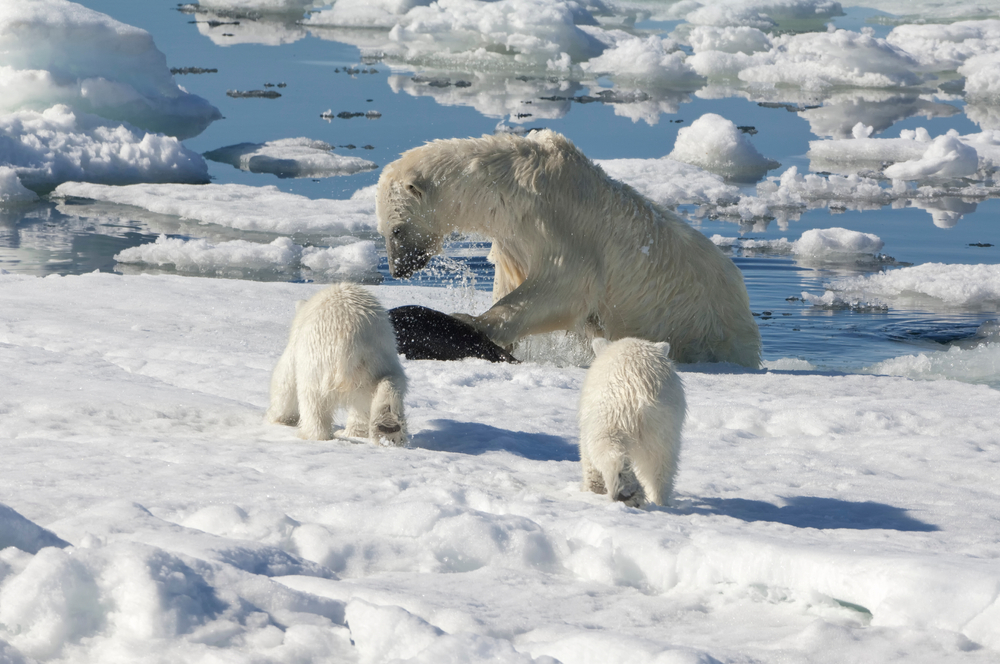
Lucy Fisher was a passionate documentarian dedicated to capturing the stark beauty and wildlife of the Arctic. Her work often focused on the effects of climate change on polar bears and their shrinking habitat. On an expedition to film a polar bear family, Fisher ventured too close to the ice edge during a precarious season. Tragically, the ice gave way beneath her, leading to her untimely demise.
Fisher’s documentaries brought global attention to the urgent need for climate action to protect the Arctic’s fragile ecosystems. Her films continue to educate and motivate viewers to participate in conservation efforts. Despite her tragic end, Fisher’s legacy endures, inspiring future generations to advocate for the preservation of the natural world. Her story highlights the importance of respecting both nature’s beauty and its inherent dangers during filming endeavors.
